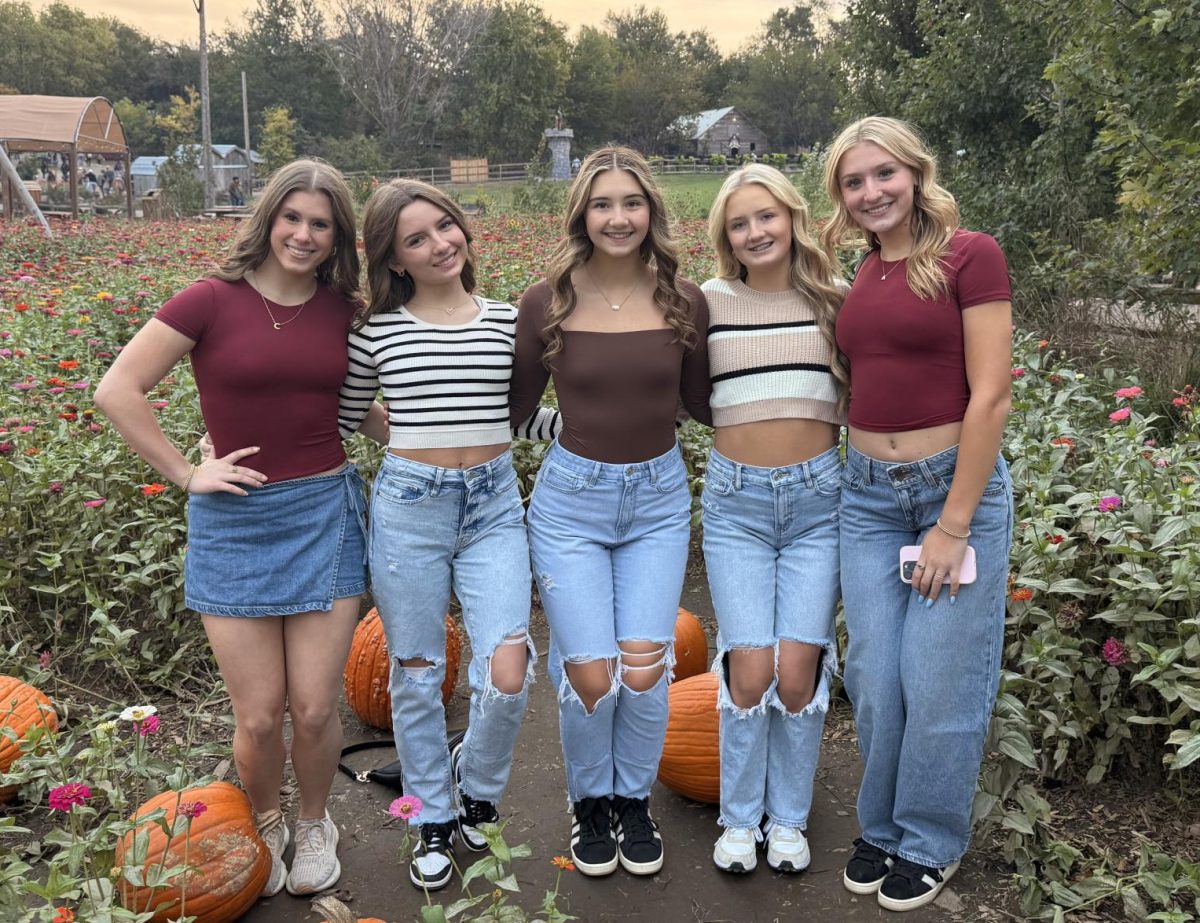For all of the people who were obsessed with “The Hunger Games” and the wonderful journey that Katniss Everdeen took us on a decade ago, the trio of movies still have a strong hold on us. For me, the nostalgia and captivation was more than enough to make me run to theaters last week for the premiere of “The Ballad of Songbirds and Snakes.”
Suzanne Collin’s novel-to-film adaptation is a sequel/prequel combination, being written after the initial Hunger Games novels, but set 64 years prior. The movie largely explains how Coriolanus Snow, nicknamed Coryo by a few characters, became the ruthless president seen in the original trilogy. However, it also tells the story of Lucy Gray Baird and the connection that the two of them had during the 10th annual Hunger Games.
In the days leading up to the movie, I was really looking forward to seeing Collin’s lyrics from the novel vocalized by Lucy Gray, played by Rachel Zegler. Specifically, I was interested in the scene where we first meet her at the reaping. In the novel, she makes an unusual impression on live viewers, singing a song with rebellious lyrics like “nothing you can take from me was ever worth keepin’” and “you can’t take my sass, you can’t take my talkin’.”
I was immediately caught off guard by Lucy Gray’s Appalachian accent, and, honestly, disliked it at first. But it was later mentioned that her family was part of an Appalachian group of traveling musicians. Her family’s history showed through in her music, with a southern feel in each of her acoustic songs. Those moments where she sang to the crowd, or just to Coryo, were some of my favorite parts, because it slowed down a fast-paced, unpredictable movie.
Each film of the original trilogy had gut-wrenching moments, and TBOSAS was no exception. Actually, this addition to the series is arguably the most gory of the four, with murder and persecution being common throughout the film. Similar to the movies that came before this one, there are plenty of heart-shattering deaths of beloved characters.
The prestigious feel of the capital and the dreary landscapes from districts like 11 and 12 are some of the few things that resemble the Panem we all know so well from the previous movies. However, there were several surprising differences that I noticed during the two hour and 38 minute long movie. In the original trilogy, the tributes are treated like celebrities, especially by the people of the capital. However, in TBOSAS the tributes are mocked and humiliated.
Having seen the three previous movies, I knew I was supposed to hate Coriolanus Snow. After all, he ordered the murder of some of my favorite characters, like Finnick Odair and Cinna, Katniss’s stylist from the 74th annual Hunger Games. However, the moments that young Coryo spent with Lucy Gray, and the time he spent saving her, made it increasingly difficult to.
This film might be confusing for an audience that has not previously seen the movies or read the books. They do not go into detail about “the war” or what “the games” are. However, this allows more screen time for in-depth information on its history and purpose, as well as developing other storylines.
I enjoyed seeing hints of future Panem, like when Lucy Gray sang “The Hanging Tree”, Katniss Everdeen’s anthem during the rebellion, which we find out was written by Gray, or how Coriolanus’s trademark roses came to be. Another is a hint to how influential figures from the trilogy could be descendents of characters in TBOSAS, like how Coriolanus’ classmate Arachne Crane could be related to Seneca Crane, the Head Gamemaker of the 74th annual Hunger Games.
The entire span of the film was more than I hoped it would be, tightly packed with powerful scenes of Lucy Gray’s folk songs and the friendships and positivity that grew in the middle of war. The movie was heart-warming at times, and devastating at others, but overall a great film and addition to the treasured Hunger Games franchise.










